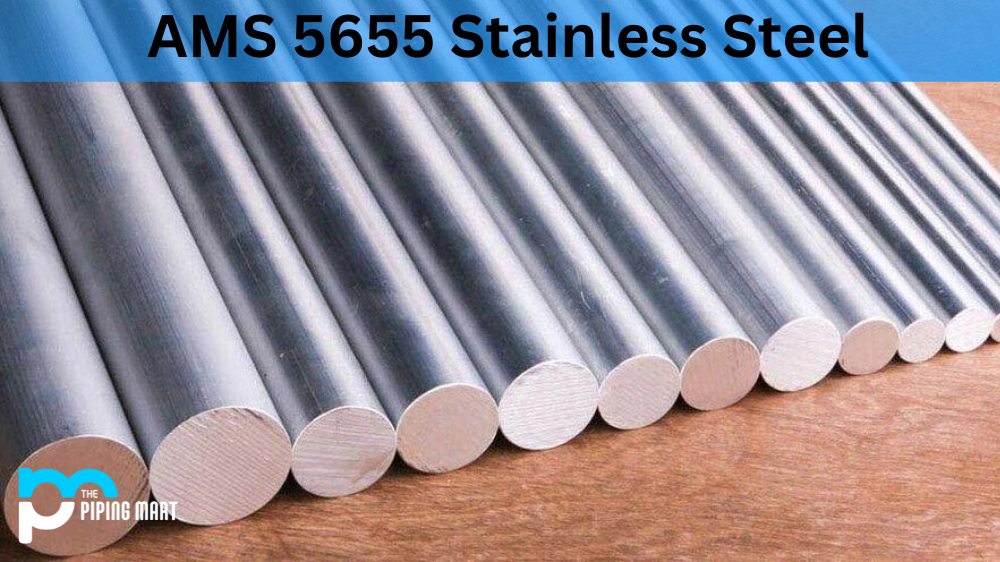Steel is crucial in engineering and construction because of its toughness, ductility, and strength. Among the many types of steel, C46 steel stands out due to its unique composition and mechanical properties, making it ideal for various applications. This blog post will delve into what C46 steel is, its composition, physical and mechanical properties, uses, and heat treatment.
C46 Steel Composition
C46 steel is a high-carbon steel alloy composed of iron, carbon, manganese, and trace amounts of other elements such as phosphorus and sulfur. Its high carbon content accounts for its excellent hardness and wear resistance properties. The carbon content in C46 steel ranges between 0.42% to 0.50%, while manganese ranges between 0.50% to 0.80%. The alloy may also contain up to 0.035% of sulfur and phosphorus.
C46 Steel Physical Properties
C46 steel is a dense, hard, and crystalline material with a 7.85 grams per cubic centimetre density. It has a melting point of 1420 °C and a boiling point of 2740 °C. Its coefficient of thermal expansion is 11.7 × 10−6K−1. The material also exhibits high thermal and electrical conductivity.
C46 Steel Mechanical Properties
C46 steel is a tough, durable, and machinable material with a tensile strength of up to 550 N/mm2. It has good elongation and yield strengths of 320 N/mm2 and 280 N/mm2, respectively. The material’s hardness ranges between 160 – 250 HBW, making it ideal for high wear resistance applications. C46 steel is also resistant to corrosion in some environments.
C46 Steel Uses
C46 steel is widely used in various engineering applications where wear resistance, durability, and strength are of utmost importance, such as in producing gears, springs, shafts, and other heavy-duty equipment. It is also ideal for cutting knives, chisels, and blades. Additionally, C46 steel finds application in manufacturing automotive parts such as engine valves and timing components.
C46 Steel Heat Treatment
C46 steel can undergo two types of heat treatment to improve its mechanical properties: annealing and quenching. Annealing involves heating the material to a temperature range of 640 °C to 670°C and holding it at that temperature for 2-4 hours before slowly cooling it to room temperature. Quenching involves heating the material from 830 °C to 860 °C before rapidly cooling it in water or oil. The quenching process improves the material’s hardness and wear resistance, making it ideal for high-stress applications.
Conclusion
In summary, C46 steel is a high-carbon steel with exceptional mechanical and physical properties, making it suitable for various applications. Its toughness, durability, and high wear resistance make it the material of choice in producing heavy-duty machinery, automotive parts, and cutting tools. Understanding the composition, physical and mechanical properties, and heat treatment of C46 steel is crucial during its selection and application.
Sakshee is a talented blogger, with a particular focus on the Business and Metal Industry. She is passionate about sharing her insights on various metal products and helping professionals to make a better decisions.




